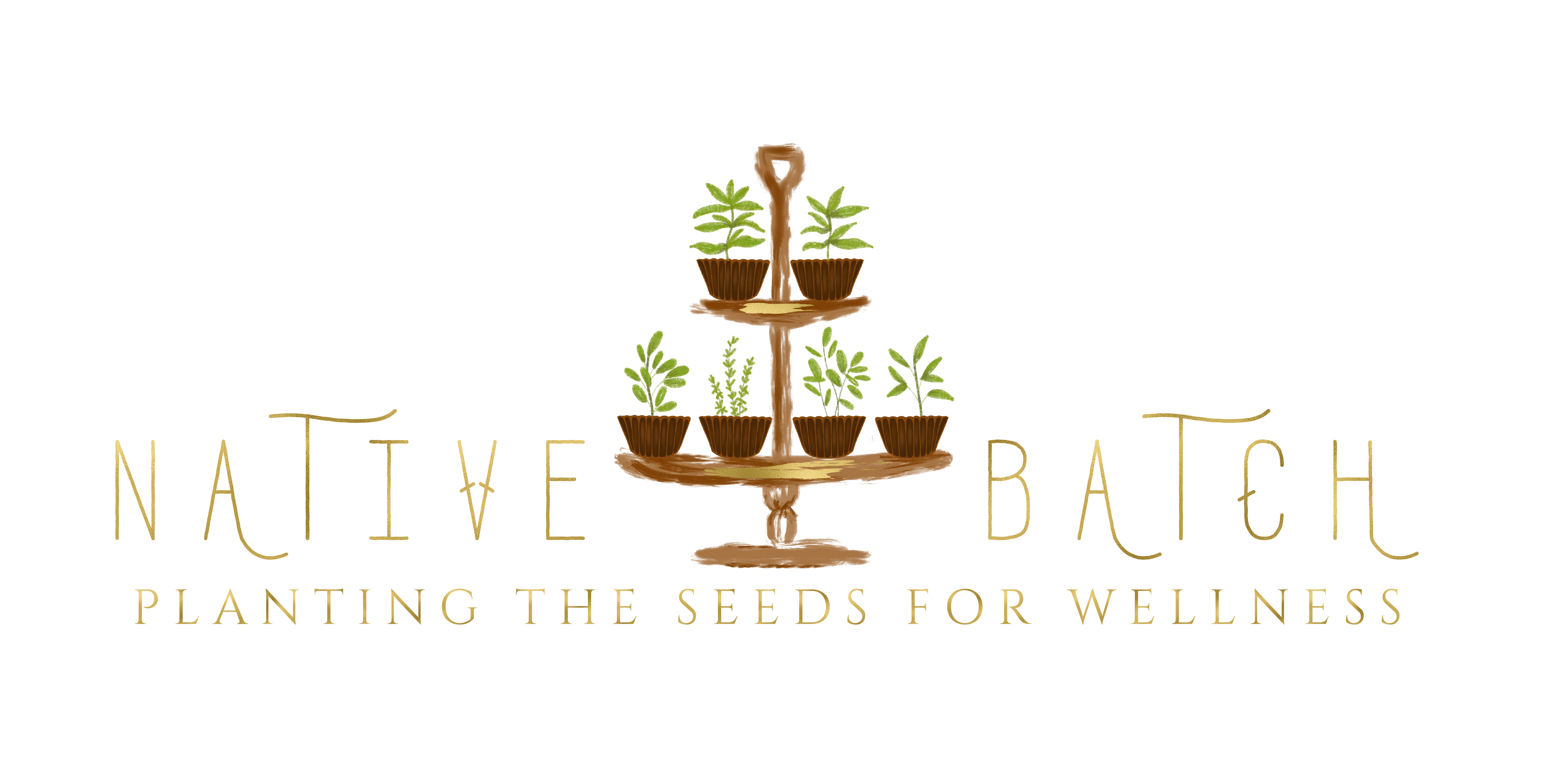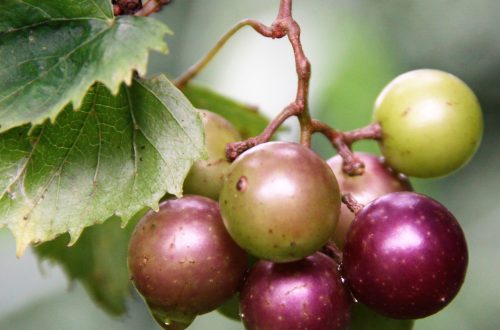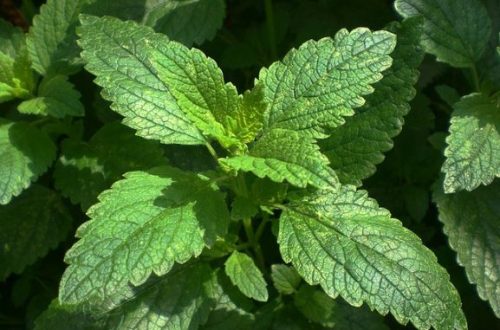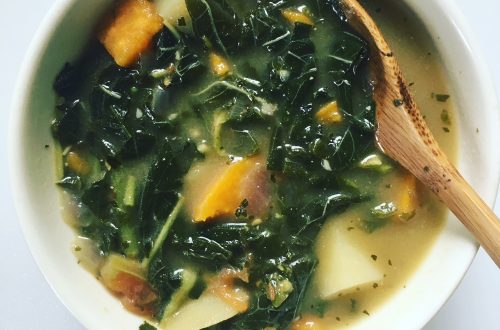
The Herb Licorice and the Benefits.
It’s interesting that in life things always seem to come back full circle. When I was young I remembered not being allowed to eat much candy, only on special occasions, mainly the holidays like Halloween and Christmas. When those times came around I had my candy favorites, it was always chocolate, especially if combined with peanuts and caramel, and then there were peanut butter cups and chocolate candy coated peanuts, notice a theme here? Ha ha. Well looking back on my childhood favorite candy it wasn’t just about chocolate, peanuts & peanut butter. There was also a candy called “Good and Plenty” which I loved! The candy was pink and white, in the shape of capsules, coated in a hard candy shell but soft and chewy inside with a licorice flavor. When it comes to licorice candy people seem to have a love or hate reaction, there’s no in between. For me I loved it! But then again I can remember in my childhood liking anything licorice flavored. I always looked for all the black licorice flavored jelly beans out of a bag of jelly beans and always wanted the black licorice sticks out of packages of red and black licorice stick candy. I didn’t realized then what I realize now is that my affinity for anything licorice flavored would be my first encounter with herbalism and a long lasting love affair with licorice root.
According to jonbarron.org, a website dedicated to natural health, King Tut loved Licorice root so much it was found in his tomb to take with him in the afterlife and the Greeks used Licorice as an over all cure like how the Chinese use Ginseng.
Glycyrrhiza Glabra (the botanical name for licorice) is a perennial plant native to Europe and Asia. This herb has been used for thousands of years and was used by various ancient societies for numerous treatments from cold and digestion issues to inflammation. The website sciencedirect.com talked about licorice and the fact there’s roughly 300 compounds in Licorice some of them with anti-viral, antimicrobial, anti-inflammatory and anti-tumor activities. Also in the same article it was reported that Licorice has been one of the main ingredients in Chinese traditional medicine for centuries.
The qualities of Licorice are warming, moistening and relaxant. The taste is sweet. It’s perfect for pairing with other herbs due to its adaptogenic values, in fact Chinese medicinal herbal formulas use licorice to harmonize contrasting herbs as reported by Mountain Rose Herbs on their page about licorice.
Here are some of the benefits of using Licorice (1):
- Relieves heartburn/acid reflux.
- Beneficial for ulcers.
- Relieves digestion issues.
- Great for eczema.
- Can help treat hepatitis C.
- Relieves inflammation.
- Perfect for sore throats.
- Beneficial for tooth decay,
- Can help with arthritis.
- Helps with fatigue.
- Aids in adrenal function.
- Can help with female hormone production, due to estrogenic activity in the herb.






